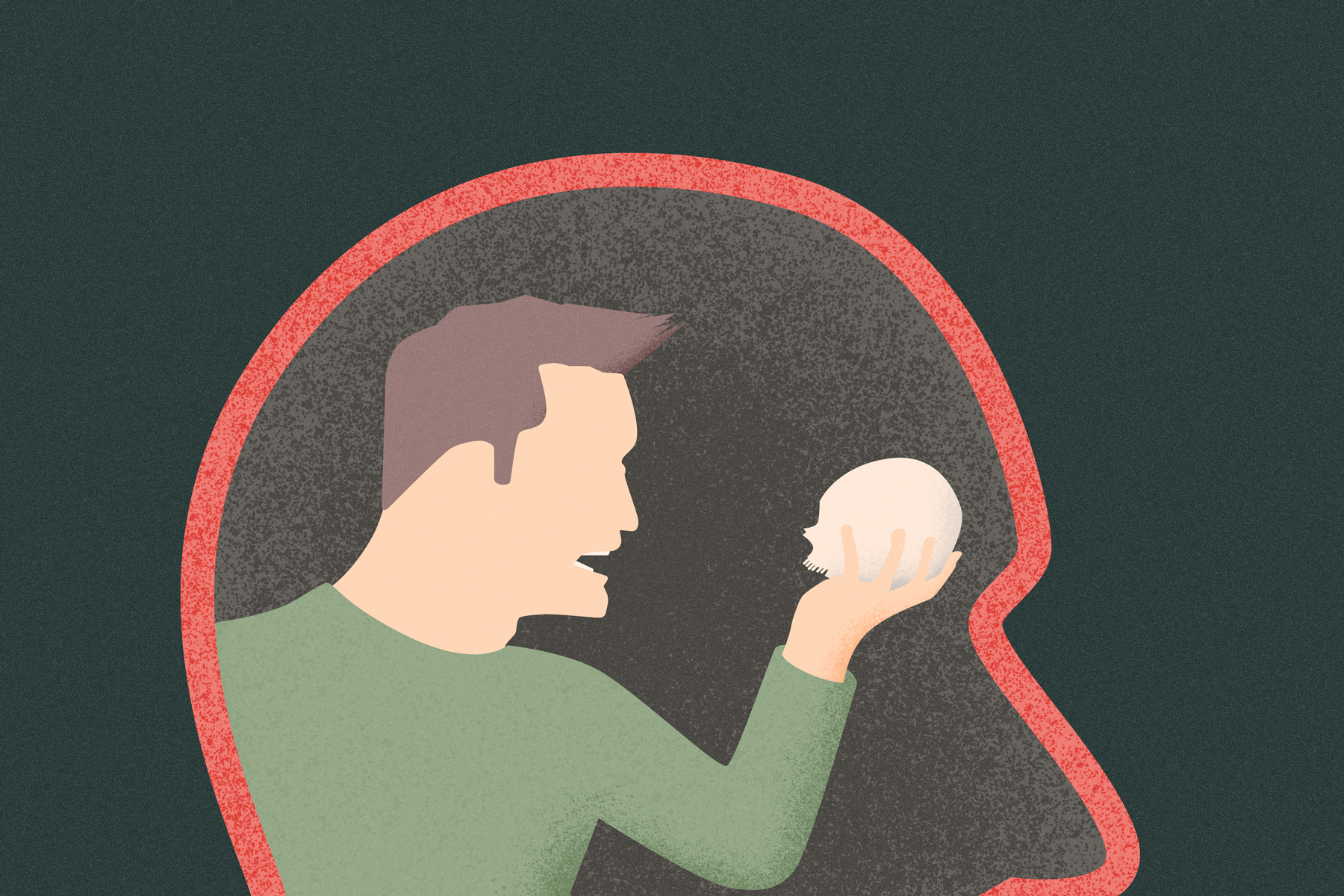Storytelling helps remind us of our rich history, connects communities and brings joy into dark places. Consuming stories can be therapeutic and validating, so people listen to songs, podcasts and watch movies to find their own stories within them. However, creating and telling stories, too, can encourage healing and empowerment in a unique way.
This concept is the basis of both drama and narrative therapy. Drama therapy practitioners prioritize acting rather than speaking about problems; it can include role-playing and acting out scenarios to process emotions. Narrative therapy uses the theory that people view their lives as a set of interconnected stories. Narrative therapy specialists encourage people to create poems, short stories, songs, films and podcasts. Drama therapy and narrative therapy can be adequately coupled to help clients hone their creativity and practice life skills.
Drama Therapy Dates Back to a Freud Critic From Vienna
Drama therapy or psychodrama was developed by Jacob Moreno in the early 1900s. Moreno grew up in Vienna and received a medical degree from the University of Vienna.
He founded an improvisational theater company, Stegreiftheater, the Theater of Spontaneity, which is where he developed the practice of psychodrama as a natural progression from psychoanalysis. His teachings were formally dispersed in his book “Who Shall Survive?” (1934), which he wrote while working with female sex workers.
He openly rejected Freudian theories as a medical student and preferred the emphasis on acting rather than talking in psychodrama. In fact, he recalled an encounter with Freud in his autobiography: “Well, Dr. Freud, I start where you leave off. You meet people in the artificial setting of your office. I meet them on the street and in their homes, in their natural surroundings. You analyze their dreams. I give them the courage to dream again. You analyze and tear them apart. I let them act out their conflicting roles and help them to put the parts back together again.”
Drama therapy techniques were further developed in the United States and are often used in individual and group settings. The treatment typically includes acting out scenes, which can be either scripted or improvised. Drama therapy can also involve allowing participants to write scenes about real or hypothetical scenarios.
Drama Therapy Is Used in Many Different Settings
Drama therapy is often employed as a treatment in schools, hospitals and prisons. Drama therapy exercises can be particularly helpful for treating autistic children in order to prepare them for social situations.
“The beauty of drama therapy is that it lets persons with autism use their verbal and imitation skills to practice and learn ‘lines’ that they can use in social settings,” explained therapist Charles Crutchfield. “Various social situations can be modeled and role-played giving the child a solid level of comfort and familiarity with the situation for when social interaction is encountered in real life.”
Drama therapy also has impressive effects on incarcerated individuals. Researchers have analyzed the evidence and concluded that participating in drama or theater programs in correctional facilities leads to better outcomes with stress management, interpersonal skills, relationships and self-confidence. Additionally, incarcerated individuals who were treated with drama therapy are more likely to obtain a GED and maintain regular employment upon release.
“It seems there is something about drama—the opportunity to both express yourself and explore the experiences of others—that offers inmates a unique and powerful form of healing,” according to positive psychology experts.
Narrative Therapy Emphasizes Externalism
Michael White and David Epston developed narrative therapy throughout the 1980s in Australia and New Zealand, according to the Guardian. Their program emphasizes reclaiming the story of a client’s life.
Externalizing rather than internalizing is the main objective of narrative therapy. Traditional talk therapy can potentially exacerbate issues. If individuals find themselves spending too much time thinking and reflecting on the problem, it can cause rumination and self-blaming, which can make symptoms worse. To prevent this from occurring, narrative therapy employs the key concepts of respect, non-blaming language and the belief that the client is the expert. In narrative therapy, it is often said, “The person is not the problem; the problem is the problem.”
White used these practices to aid his goal of addressing the trauma endured by Australian Indigenous communities. He held gatherings where communities could come together to share stories in order to foster greater understanding and healing. The connection to Aboriginal communities is maintained through the Dulwich Center in Adelaide, Australia. The Dulwich Center, opened in 1983, exists as a home for narrative practice and community work.
Producing Art Can Be a Form of Narrative Therapy
What I love about narrative and drama therapy is that it is not only a form of treatment but also a way to produce art itself. For example, Youth Speaks is an organization that promotes young artists and allows them to take control of their intellectual and artistic development. Youth Speaks hosts writing workshops, open mics and nationwide art festivals throughout the year.
In response to the pandemic, Youth Speaks developed writing prompts to allow for reflection, grounding and inspiration among young artists during the quarantine. Youth Speaks may have not intentionally used the practices of narrative therapy, but key principles of the practice were applied. They released these prompts for free, as a way to inspire art creation during a dark time.
One of narrative therapy’s strengths is its accessibility. Anyone can take a pen to paper and retell their life story in creative ways. Whether it stays with the individual in a private journal or is put out into the world as a published work, the process itself can provide solace and healing.
















